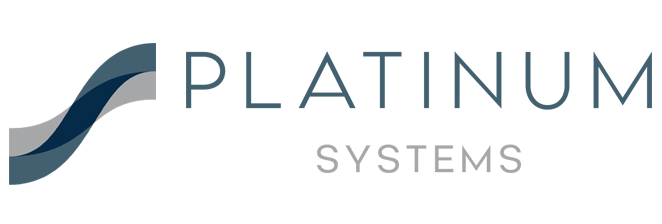
We’ve all heard of website scams through articles, the internet, or even had a friend succumb to a terrible internet scamming incident. However, that event is now your front and center concern. What seemed to be a legitimate software support site for simple troubleshooting assistance has now turned into your worst nightmare. A fake website has corrupted your files, holds your valuable information hostage, and tells you that it will take several hours of paid time to correct. Your website is compromised and YOU are being held for ransom. What do you do?
CONTACT IT SUPPORT
If in doubt, contact your trusted IT partner. If you do not have one, simply call or email Platinum Systems, Inc. at (888) 910-4407 or service@platinumsystems.net. In the meantime, the following information may help increase your Internet savviness, and add a few more instruments to your tool belt.
URL’s and Why They Are Important
A Uniform Resource Locator, better remembered as URL, is a common way to locate files, resources, and documents on the Internet. The URL, like the address of your home or business, allows you to find these sites. For example, the URL of Platinum Systems, Inc. is https://www.platinumsystems.net/, which consists of the Protocol (http), Host Computer Name (www), Domain Name (platinumsystems), and Domain Type (net). Knowing the correct URL of the website you are visiting will help determine whether it is legitimate. Always double check!
Web Site Certificates and Site Encryption
Authentic e-commerce sites such as banks and online stores use encryption to help insure payment information is safe. Look for a closed padlock icon, depending on your browser, which may be located in the status bar of your browser window; additionally, verify that the URL begins with “https:” rather than “http:”. If the site you are visiting has a valid certificate, it means that the site has been verified by a Certificate Authority as a “trusted” site.
Privacy Policies and Why They are Needed
Always look for the Privacy Policy to determine how your information will be used, if information will be distributed to other entities, and whether the site will be encrypted. If a Privacy Policy is not found, you may consider contacting the company to verify prior to submitting personal information. Many sites use SSL (Secure Sockets Layer), to encrypt information. As stated in #2 above, that URL will begin with “https:”.
Misspelled Words and Low Resolution Images
Be on the lookout for misspelled words. It may sound silly, but it does happen and can be an indicator that your site is not authentic. In this copy/paste era, scammers can also utilize low quality images to appear legit. Be on the lookout for poor resolution in logos and texts. If in doubt, do not enter or submit personal information.
Educate Yourself and Use Commonsense
Stay sharp and on top of the latest scams and be suspicious of emails asking for personal information. Do practice cautiousness when downloading email attachments. Even if you know and trust the sender, give it a second pause before clicking.
Stay Vigilant and Report Suspicious Activity
Even when offline, be sure to monitor bank and credit card statements, change passwords on a regular basis, and keep them strong and complex. Report anything that appears to be phishing scams to the Federal Trade Commission (FTC) by visiting https://www.ftc.gov/.
HOW TO SPOT A FAKE
These are just a few visual examples of common phishing scams. Once you know what you are looking for, you will be more empowered to protect yourself and your business!
To set-up a meeting with a Platinum Systems Team representative, submit a contact form.

